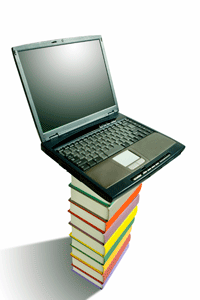Reports Reveal Rapid Changes in Educational Technology

Two new MDR research reports from the EdNET State of the K-12 Market Report Series focus on current developments in U.S. public education from two perspectives: district-level technology directors and classroom teachers.
Based on national educator surveys conducted by MDR, both published reports combine external research findings and relevant market data to offer actionable advice for providers of education products and services. These reports also describe various aspects of K-12 education with commentaries about issues and trends impacting the industry.
Educational Technology Trends Report includes comprehensive information about today’s K-12 technology landscape, as well as data on district technology priorities and budget forecasts for hardware, software, teacher training, and tech support.
Classroom Trends—Teachers as Buyers of Instructional Materials and Users of Technology Report describes the types of materials teachers purchase for their classrooms, the factors that are important in deciding what to buy, and how teachers find—and create their own—instructional materials.
From the survey data reported in Educational Technology Trends, findings include:
· More than two-fifths of districts expect hardware and software budgets to increase (44% and 42% respectively) in 2016-2017.
· The most widely used classroom technologies are standard projectors (in 73% of districts), interactive whiteboards (64%), and document cameras (60%).
Tools and ideas to transform education. Sign up below.
· The most widely-used personal computing devices are laptops (in 62% of districts), Chromebooks (43%), and tablets (37%).
From the survey data reported in Classroom Trends, findings include:
· In aggregate, teachers spend an estimated $1.75 billion each year on instructional materials and school supplies from school-provided classroom budgets or out-of- pocket funds.
· Teachers spend 7 hours per week searching for instructional resources (both free and paid-for) and another 5 hours per week creating their own instructional materials.
· Instructional materials used most frequently come from the teachers themselves or staff at their school (66%), followed by commercial materials provided by the school (51%).
To order Educational Technology Trends and Classroom Trends, visit MDR Research Reports.
